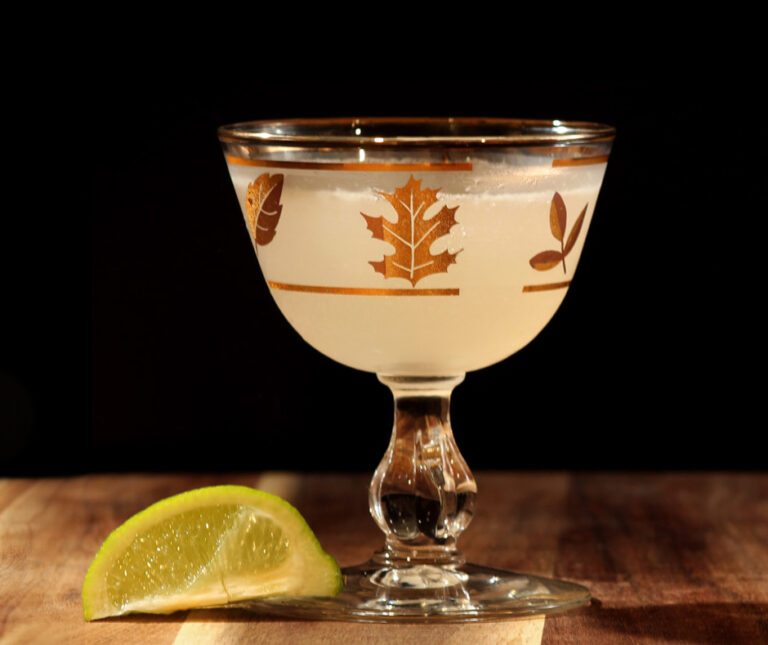About the Recipe
- Rum
- Lime
- Sugar
The original Daiquiri is a refreshingly simple combination of just three ingredients. Surprisingly balanced and nuanced for such a basic recipe, the Daiquiri holds its own as a superb refreshment for a hot and humid afternoon. The frosty versions came much later.
Cocktail History
The people of the Caribbean had known rum, lime, and sugar went well together practically since the invention of rum itself. Still, it wasn’t until the 1890s when Jennings Stockton Cox, Jr. worked as an engineer near Daiquiri, Cuba that the mix found its opportunity to reach a wider audience. Cox and his fellow workers would mix up big pitchers of rum, lime, and sugar to take the edge off the brutal Caribbean sun.
Havana had already been thriving as a tourist destination, but Prohibition turned the city into a hotbed for cocktail culture.
From there, the mixture was streamlined into a single serving in nearby Santiago, Cuba as a shaken drink. This method took off and traveled back to the capital, Havana. When National Prohibition began in the United States, American bartenders and imbibers alike fled to the “Paris of the Caribbean” to continue their spirited practices, uninhibited. Havana had already been thriving as a tourist destination, but Prohibition turned the city into a hotbed for cocktail culture.
Expert Havana bartenders, most likely Emilio González at the Plaza Hotel or Constante Ribalaigua Vert at El Floridita, workshopped the Santiago recipe into the treasured drink we serve today. Constante, specifically, made a career out of the Daiquiri, coming up with variations like the Hemingway Daiquiri, based on the author’s own drink order at El Floridita. Ribalaigua Vert also used newly introduced electric blenders to popularize another version: the frozen Daiquiri.
Once the thirsty American expats tasted it, the Daiquiri easily hitchhiked back to the States and staked its claim in American culture. The drink’s crazy journey continued there as the frozen version overshadowed the original. More mutations followed as it simply couldn’t get through the syrupy and fruit-filled tendencies of the 1970s cocktail culture unscathed. Artificial juices and whipped cream took over and changed the drink into something unrecognizable, but, admittedly, still tasty.
Only recently, through the cocktail culture renaissance of the last two decades, the original has reclaimed its rightful place as the true and original Daiquiri, a testament to how a simple drink with the right fresh ingredients can reign supreme.
